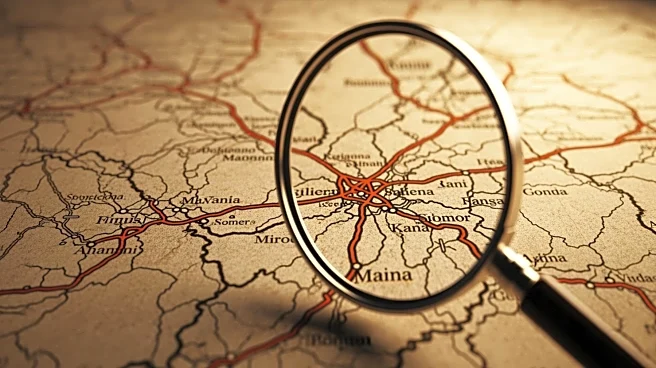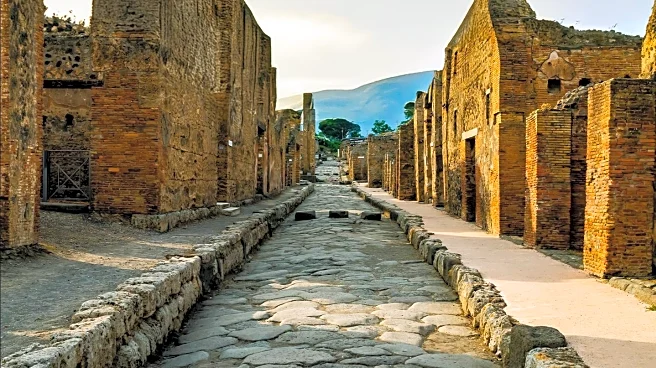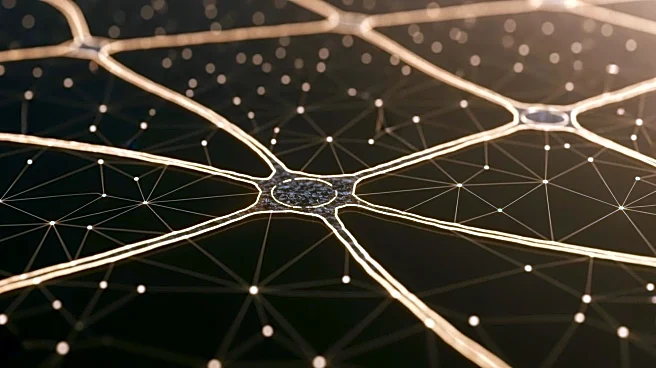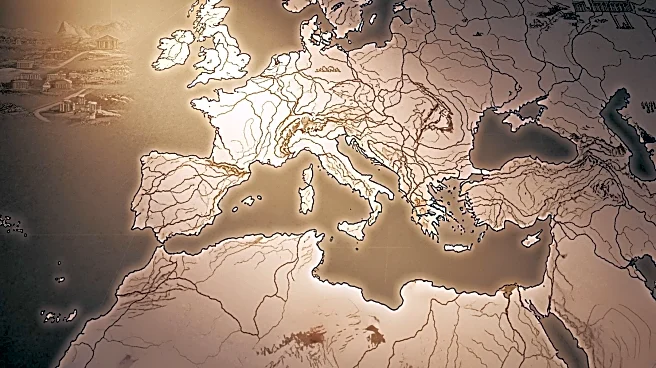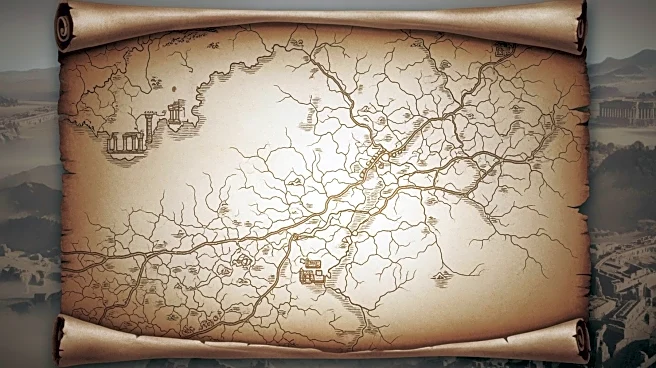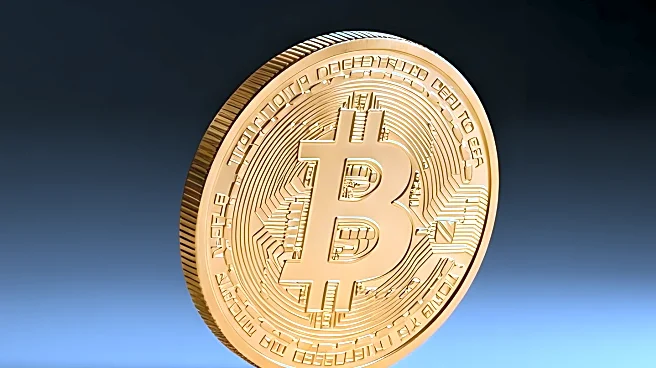What's Happening?
An international research team has unveiled a new map of the Roman Empire's road network, expanding it by over 60,000 miles. The study, led by Tom Brughmans from Aarhus University, focuses on secondary
roads that were previously understudied. The digital atlas, named Itiner-e, provides high-resolution spatial data on Roman roads across Europe, the Near East, and North Africa. This map includes nearly 186,000 miles of roads, doubling previous estimates. The research highlights the Roman Empire's extensive connectivity, which facilitated the spread of plagues, economic booms, and new religions.
Why It's Important?
The expanded map of Roman roads offers significant insights into the historical impact of the Roman Empire's infrastructure. It demonstrates how the Empire's road network enabled continental-scale changes, such as the spread of the Antonine Plague, which devastated the population. The Itiner-e platform serves as a valuable tool for historians and archaeologists, providing a comprehensive view of ancient connectivity and its effects on societal development. This research underscores the importance of infrastructure in shaping historical events and cultural exchanges.
What's Next?
The research team plans to further refine the Itiner-e map by addressing gaps in data and encouraging archaeological excavations to uncover more roads. The map is seen as a call to action for experts to explore areas with missing historical data. Future updates may include additional roads and connections, enhancing the understanding of Roman infrastructure. The platform aims to become a collaborative resource for ongoing research into the Roman Empire's transportation network.
Beyond the Headlines
The Itiner-e map not only provides historical insights but also serves as a model for studying the long-term impacts of infrastructure on societal development. It highlights the role of transportation networks in facilitating cultural and economic exchanges, as well as the spread of diseases. The research invites further exploration into the ethical considerations of preserving and studying ancient infrastructure, and its relevance to modern-day connectivity challenges.
